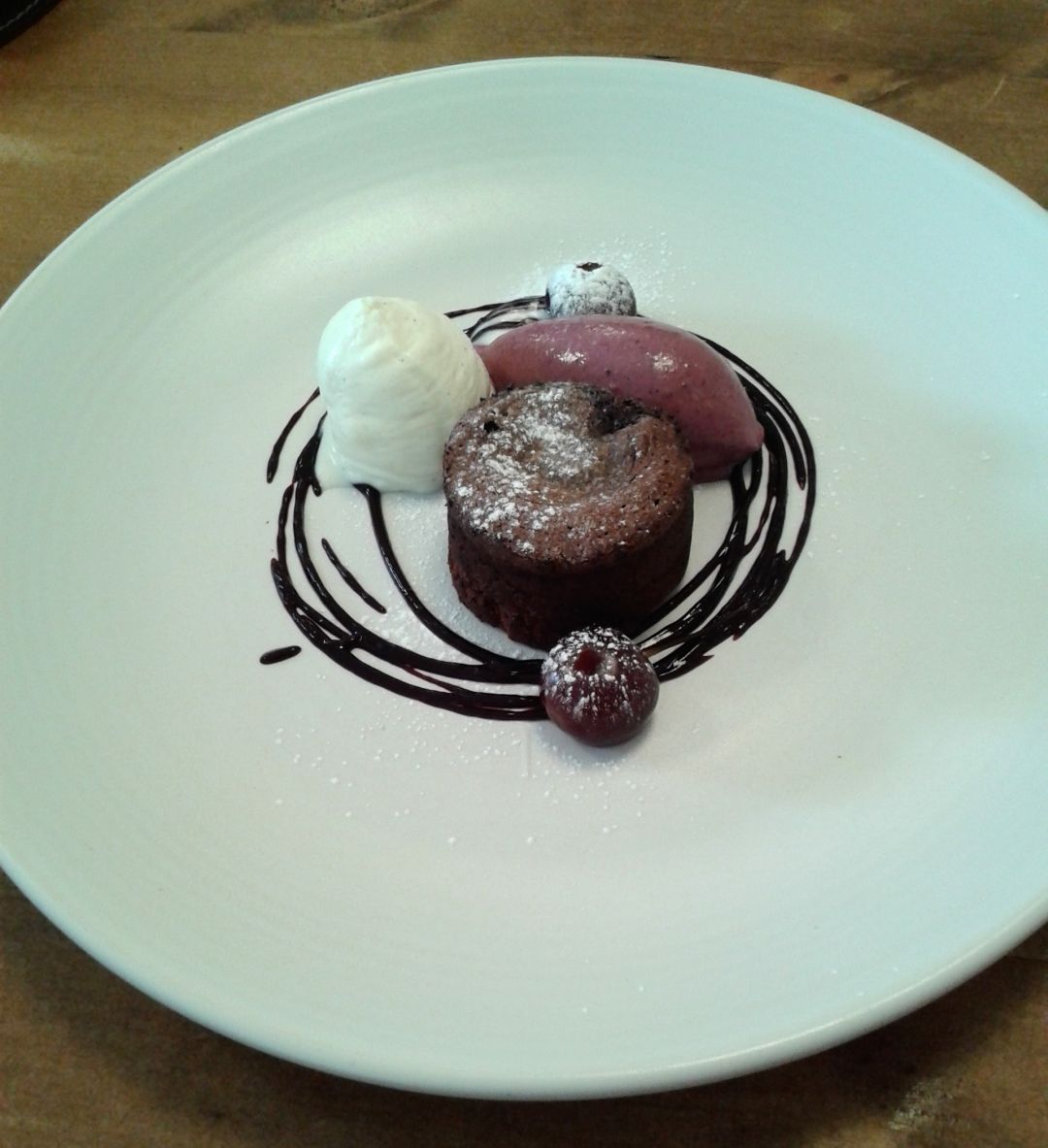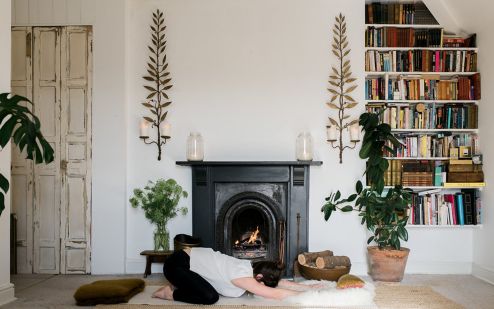Learn to cook a simple, seasonal menu
Danielle Woodward visits the Woodspeen Cookery School in Newbury, Berkshire, for its one-day Seasonal Dinner Party course, and leaves with new skills – and a full belly

Bleary-eyed and in need of coffee, we arrived at Paddington at 7.15am to catch the 7.36 train to Newbury in Berkshire, to arrive at the Woodspeen Cookery School in time for the 9am start of our Seasonal Dinner Party day course.
With two young children and a lack of funds, eating out is a rare treat for me these days, and I was looking forward to improving my amateur cooking skills and creating a delicious menu that would impress my friends, the next time I found the energy to host an informal dinner party.
Recently opened in 2014 by Michelin-starred chef John Campbell and his wife, the Woodspeen is a smart and airy restaurant, bar and cookery school, offering delicious, locally sourced food, from well-priced early dinner menus to the Chef’s Table, where Campbell creates a bespoke dining experience.
We crossed the road from the restaurant and bar to the cookery school, housed in its own newbuild block with stylish workstations complete with oven and hob, plus all the implements you need to create wondrous dishes. I had serious kitchen-envy – it was modern, stylish and shiny, with a distinct lack of cereal and other spillages dotting the worktops like my own kitchen.
We were making a winter seasonal dinner party menu consisting of smoked haddock risotto to start, followed by Berkshire venison with cauliflower purée and choucroute (cabbage with pancetta), with a chocolate fondant and cherry ice cream dessert to finish. It all sounded delicious – and, to this amateur cook, a bit daunting. I hoped I’d be getting lots of guidance. Luckily, Campbell and his helpers were on-hand to measure and chop and get it all ready for us – the only thing we need to do was to follow instructions. That I could do.
The first wondrous dish we were told to create was the venison jus, to accompany the venison, cauliflower and choucroute we were making for a main dish. Campbell got to work, butchering the piece of venison in front of us and talking us through the different parts of the animal, and which meat is good for which method of cooking. For example, the collagen in the shoulder can make the meat tough, so best used for slow-cooking like stews. We were going to fry our meat, so a lean steak would be best.
Campbell then divided up the bones and put them in pans. We added the chicken stock, red wine vinegar, red wine and port and left them to simmer for a few hours, while we made the smoked haddock risotto which we would be having as our lunch.
I learned that carnaroli rice is a better choice than the more common arborio as it has a higher starch content, making it better for absorbing flavour and retaining its al dente texture, whereas arborio becomes dense and sticky when cooking. Campbell also revealed a few tricks of the trade: adding a chunk of butter towards the end of cooking plus a splash of sherry vinegar, which allows all the other flavours to open up for a taste sensation. He’s not wrong.
Campbell also found time to show us all how to bake bread – we kneaded and proved, leaving it to rise in between cooking the other dishes, and ended up with a beautiful baked loaf that ‘sings’ – the term for when you take your freshly baked loaf out of the oven and it crackles with pleasure.
My knowledge of cooking was expanding by the minute: when chopping garlic, take out the centre core as it’s bitter; chop an onion resting the blade of your knife against your fingers, and move them along as a guide – this is the impressive, speedy way all chefs who know their onions chop them, and I gave it a go. I think it’s one of those skills that requires practice – and confidence. 'I nearly lost a thumb once,' Campbell said to me, as I was chopping. 'Cut it right down to the bone.' I put my knife down.
He talked us through the accompaniments to the venison; the cauliflower purée, potato fondant and choucroute and we got busy stirring in front of our hot stoves, wiping our sweaty brows with our tea towels.
We then sat down for a well-deserved dinner – and it was delicious, if I do say so myself. While we were eating, Campbell prepared the dessert; a deceptively easy chocolate fondant (recipe below) with cherry coulis and ice cream that he’d prepared earlier.
I went home clutching my hand-baked bread and dinner-party recipes with a renewed enthusiasm for making and enjoying delicious seasonal food. Now, who shall I ask to be my guineapigs…?
See a gallery of pictures from my day here
Chocolate fondant recipe (pictured)
Serves 2
Ingredients:
250g dark chocolate
250g butter, plus extra to grease
125g sugar
4 eggs
80g flour
Method:
1. Grease metal rings or ramekins with butter and preheat the oven to 180˚C.
2. Melt the chocolate, butter and sugar together on a low heat over a bain-marie or in a bowl over a saucepan of boiling water.
3. Remove from the heat and whisk in the eggs until shiny. Mix in the flour and allow to cool slightly, then place into the metal rings or ramekins and cook for 12 minutes. Rest for 4 minutes before serving.
Recipe: copyright Woodspeen Cookery School









